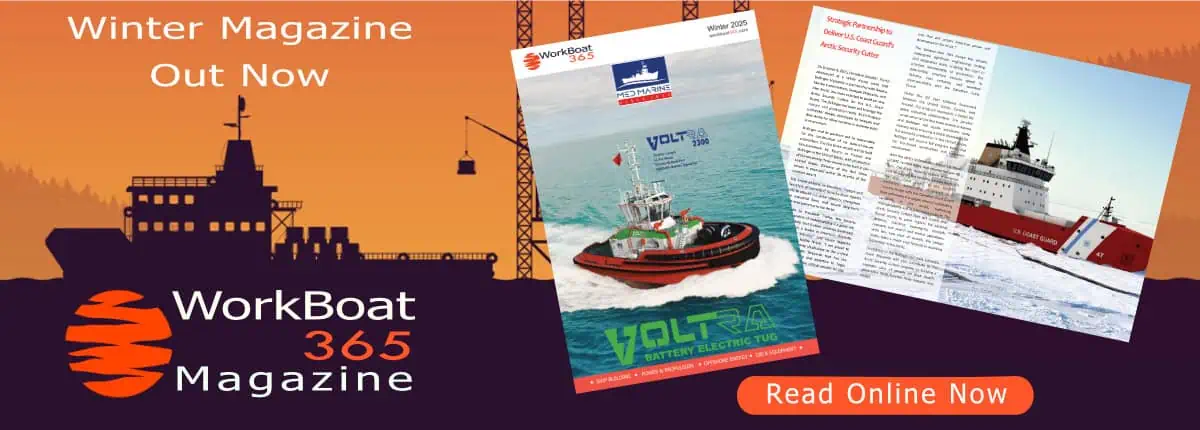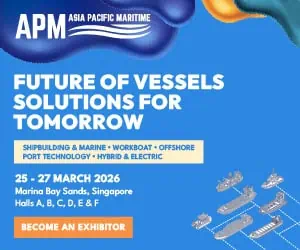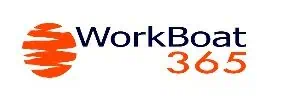Windcat officially presented the Windcat Rotterdam, the first of six vessels in its new Commissioning Service Operation Vessel, Elevation Series. Constructed at the Ha Long Shipyard in Vietnam and developed in collaboration with Damen Shipyards Group, Windcat, and CMB.TECH, the vessel represents a significant step forward in offshore service operations.
The Windcat Rotterdam is designed to accommodate up to 120 people, setting new standards in comfort, performance, and decarbonisation. As the inaugural vessel in the Elevation Series, it demonstrates Windcat’s commitment to advancing sustainable technologies while delivering reliable offshore solutions.
Windcat Rotterdam is a CSOV (Commissioning Service Operation Vessel), a vessel that supports construction, commissioning and maintenance activities at offshore energy projects. It serves as a floating base for personnel and equipment, enabling safe and efficient access to offshore assets.
Comfort on board is a key feature, with spacious single and double cabins for up to 120 people, a fully equipped gym, entertainment areas and high-quality catering and housekeeping services. The interior is developed in collaboration with experts to ensure a “home away from home” experience for offshore personnel.
Willem van der Wel, Managing Director at Windcat says: “We are very proud and happy to have taken delivery of our first CSOV, Windcat Rotterdam. It has been great to see this groundbreaking design come to life. Now that Windcat Rotterdam has been added to our fleet, we are able to offer not only best-in-class CTV services but also best-in-class CSOV services. We see a bright future for our vessels in the offshore energy industry supporting clients globally to safely and comfortably accommodate and transfer personnel to their projects offshore. Thanks to the excellent cooperation with Damen Shipyards and all key suppliers we can deliver such an innovative vessel and we look forward to the delivery of the remaining five CSOVs in the coming years.”
Joost van der Weiden, Sales Manager at Damen says, “On behalf of Damen, I am very pleased to witness this major milestone in the development of the Elevation Series. The vessels are a clear demonstration of what can be achieved for maritime sustainability when we combine our strengths with likeminded partners and work towards a common goal. I’m looking forward to continuing our collaboration during the construction of the remaining vessels in the series.”
Windcat Rotterdam is equipped with the latest available technologies in terms of fuel efficiency and emission control such as closed bus switchboard configuration and a hybrid battery-electric propulsion system. Four azimuth thrusters enable precise manoeuvrability and efficient operations. Collectively, these techniques are expected to ensure that the vessel will already reduce CO2 emissions by 30%.
In line with the sustainability ambitions of both Windcat and Damen, the vessel is designed to operate with a significantly reduced CO2 footprint. Windcat builds on the operational experience it has with its hydrogen-powered CTVs (Crew Transfer Vessel). CMB.TECH’s hydrogen technology will also be implemented in the Elevation Series CSOVs. A dual fuel hydrogen engine will enable the auxiliary genset to run on hydrogen. The hydrogen genset, storage and fuel supply system are ready for integration on the vessel once final approvals are in place. This approach supports future regulations for hydrogen use in medium-sized vessels.
Designed for offshore deployment of up to 30 days, the vessel offers high operability and safety. The 3D motion-compensated gangway sets new industry standards with a high vertical range and the world’s first 10-ton 3D motion-compensated crane enables heavier platform lifts in rough sea conditions in a safe and easy manner, reducing standby time due to weather changes.
The Elevation Series CSOVs enable Windcat to offer a broader and more flexible service to clients in the offshore energy industry. Windcat Rotterdam was delivered on 24 July by Damen at Ha Long Shipyard in Vietnam.
Windcat Rotterdam‘s Technical specifications
| Category | Specification |
| Length overall | 89.39 m |
| Beam (Width) | 19.7 m |
| Main engines | 1x ABC 12DZC (2390 kW), 2x ABC 8DZC (1672 kW each) |
| Auxiliary generator | 1x MAN LE 337 dual fuel hydrogen engine (800 kW) in DBR genset |
| Propulsion system | Hybrid diesel-electric with battery |
| Thrusters | 4 x 1800 kW azimuth thrusters (2x aft, 2x forward, Schottel SRP 430) |
| Battery | 1700 kW (CORVUS Energy) |
| Gangway capability | Motion-compensated SMST TAB-L2 |
| Crane | 10 t 3D motion-compensated (SMST MCC-L) |











